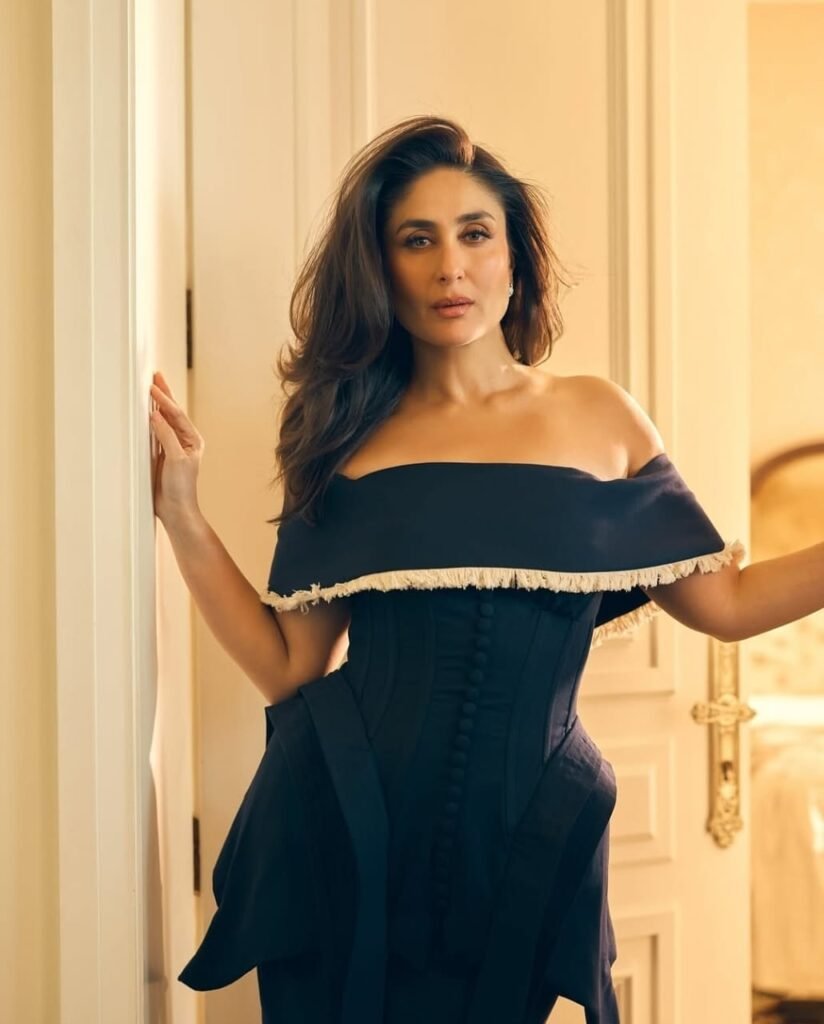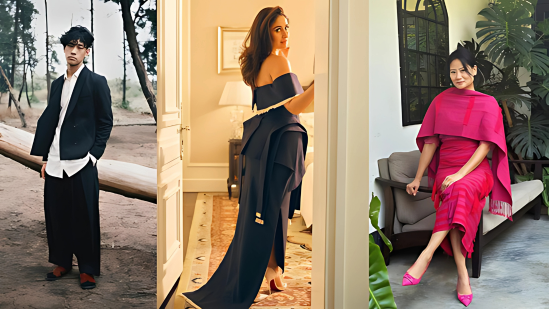
In recent years, a fashion revolution has quietly taken shape in the beautiful hills and valleys of Northeast India. Young and creative designers from the region are breathing new life into traditional textiles, giving them a modern twist. These designers are not only preserving their rich cultural heritage but are also making it more attractive and wearable for today’s generation.
The Northeast region of India includes states like Assam, Nagaland, Manipur, Meghalaya, Mizoram, Arunachal Pradesh, Tripura, and Sikkim. Each of these states has unique handwoven fabrics and traditional clothing styles. But for a long time, these beautiful textiles remained limited to local use and cultural occasions.
Now, the story is changing. Designers from the Northeast are turning these traditional fabrics into modern outfits – like dresses, blazers, jackets, trousers, and even accessories. They are combining tribal patterns, handwoven materials, and cultural symbols with stylish, contemporary designs. The result is a beautiful fusion of heritage and modern fashion.
Preserving Culture Through Fashion
Fashion designers from the Northeast see textiles not just as fabric but as a way to tell stories. The motifs, colors, and techniques used in weaving represent community identity, nature, and spiritual beliefs. By using these textiles in their modern collections, designers are keeping their culture alive.
For example, the Muga silk and Eri silk from Assam are now being used to make elegant gowns and tailored jackets. The Mekhela Chador, once worn only in traditional ceremonies, is now being redesigned into modern silhouettes suitable for workwear or parties. Similarly, the Ao Naga shawls with bold red, black, and white designs are being turned into cool jackets and tops by young designers in Nagaland.
Notable Designers Leading the Change
Several designers from the region are gaining national and international attention. One such name is Atsu Sekhose, a designer from Nagaland who has dressed Bollywood celebrities and showcased his collections at major fashion events. He is known for his clean cuts and how he brings tribal patterns into modern clothes.
Another designer is Yana Ngoba Chakpu from Arunachal Pradesh. She is famous for blending her state’s tribal motifs with modern fashion. Her label not only promotes her heritage but also employs and trains local artisans, especially women.
In Manipur, designer Robert Naorem is well known for reviving the Phanek and Moirang Phee textiles and showing them on international ramps. His work is helping the world appreciate the beauty of Manipuri weaves.
Sustainable Fashion with Local Roots
Many of these Northeastern designers are committed to sustainability. Instead of using factory-made fabric, they prefer handloom textiles, natural dyes, and eco-friendly processes. These choices are not just good for the planet but also support the local weaver communities.
The use of Eri silk, often called “peace silk”, is an example. It is produced without killing the silkworm, making it an ethical choice for conscious consumers. Designers are using it to make elegant, breathable clothes that are both stylish and kind to nature.
By supporting handloom work, these designers are also helping keep traditional skills alive. Many weaving techniques are passed down through generations, and today’s fashion industry is giving them a new reason to survive.
Bridging Rural Skills with Global Fashion
One of the biggest successes of this movement is how it connects rural artisans with urban and global fashion trends. Most of the weaving in the Northeast is done by women in remote villages. Now, their handwoven textiles are being worn by celebrities and influencers across India and abroad.
Social media platforms like Instagram, Facebook, and YouTube have become powerful tools. Designers and influencers are using them to promote traditional fashion, reach new audiences, and educate people about the meaning behind the patterns and fabrics.
At the same time, e-commerce platforms are helping Northeastern fashion labels sell their collections beyond their home states. Websites like Okhai, GoCoop, and even Amazon India now feature collections from this region, giving it national and international reach.
Youth Embracing Cultural Fashion
A big reason for the success of this textile revival is the involvement of the younger generation. Today’s youth are more aware of identity, roots, and sustainability. Many young people from the Northeast are proud to wear clothing made from local fabrics in new styles. They are also mixing traditional garments with casual clothes – like pairing a traditional shawl with jeans or a Naga belt with a western dress.
College students, fashion bloggers, and influencers from the region are promoting this trend. Their fresh ideas and modern looks are helping make traditional fashion cool and relevant. It also sends a message that one can be stylish while still being rooted in their culture.
Government and Private Support
The Northeast textile revival has also received support from the government and private organizations. Initiatives by the Ministry of Textiles, Tribal Cooperative Marketing Federation (TRIFED), and state-level handloom departments have helped bring attention to the region.
Fashion events like North East India Fashion Week, held in Arunachal Pradesh, and Weaves of India, have given local designers a stage to present their collections. These events also provide networking opportunities, funding connections, and media exposure.
Private companies and fashion schools are also starting to take an interest. Some fashion institutes are now partnering with local designers for research and internships. Brands looking for ethical and sustainable collections are also turning toward Northeastern weavers.
Challenges and the Road Ahead
Despite the progress, there are still many challenges. The remote geography of the Northeast makes transport and supply chain logistics difficult. Many weavers do not have access to the internet or training in business and design.
There is also the problem of limited funding and lack of proper marketing. Some artisans face difficulties in getting raw materials or selling their products at fair prices. Moreover, some fear that in the rush to modernize, the original meaning and quality of the textiles might get lost.
To overcome these issues, more training, digital support, and funding opportunities are needed. Public-private partnerships and educational programs can help artisans and designers grow their businesses while staying true to their roots.
The fashion movement in Northeast India is more than just a trend – it’s a cultural and economic transformation. By giving traditional textiles a modern spin, designers are helping their communities, keeping their heritage alive, and showing the world the beauty of their region.
This blend of tradition and trend is creating a unique identity for Northeast India in the fashion world. It proves that heritage can be fashionable, and that style can be a tool for cultural pride and sustainability.
As more people across India and the world open their eyes to the creativity of Northeastern designers, the future looks bright. With the right support, this movement can bring not only fame but also empowerment to the weavers and artists who have been the heart of this craft for centuries.































